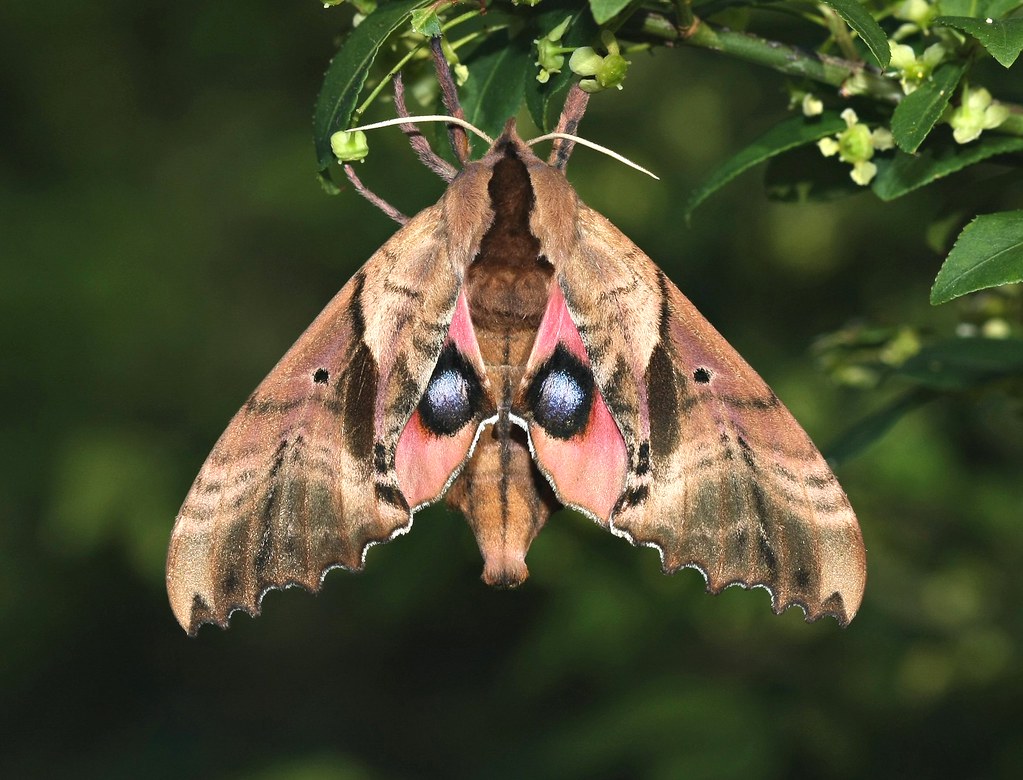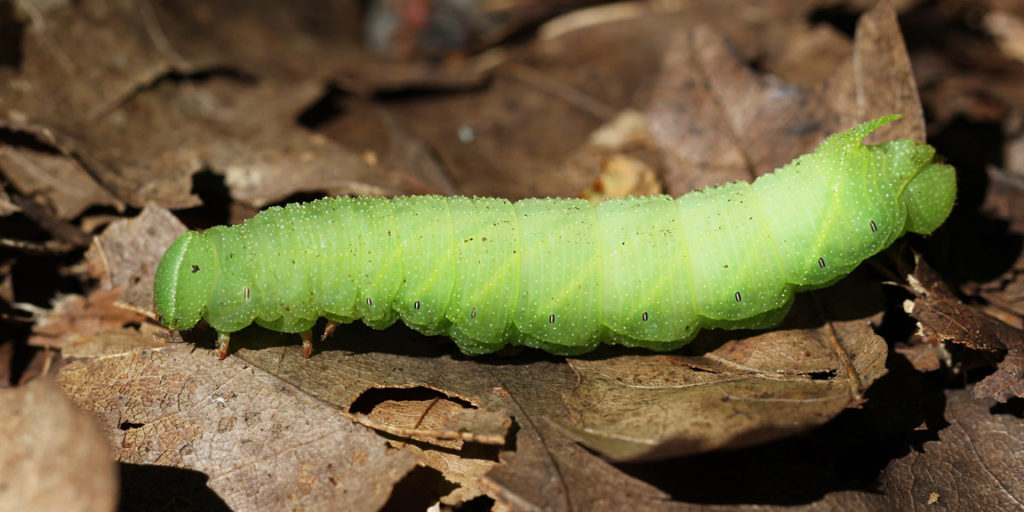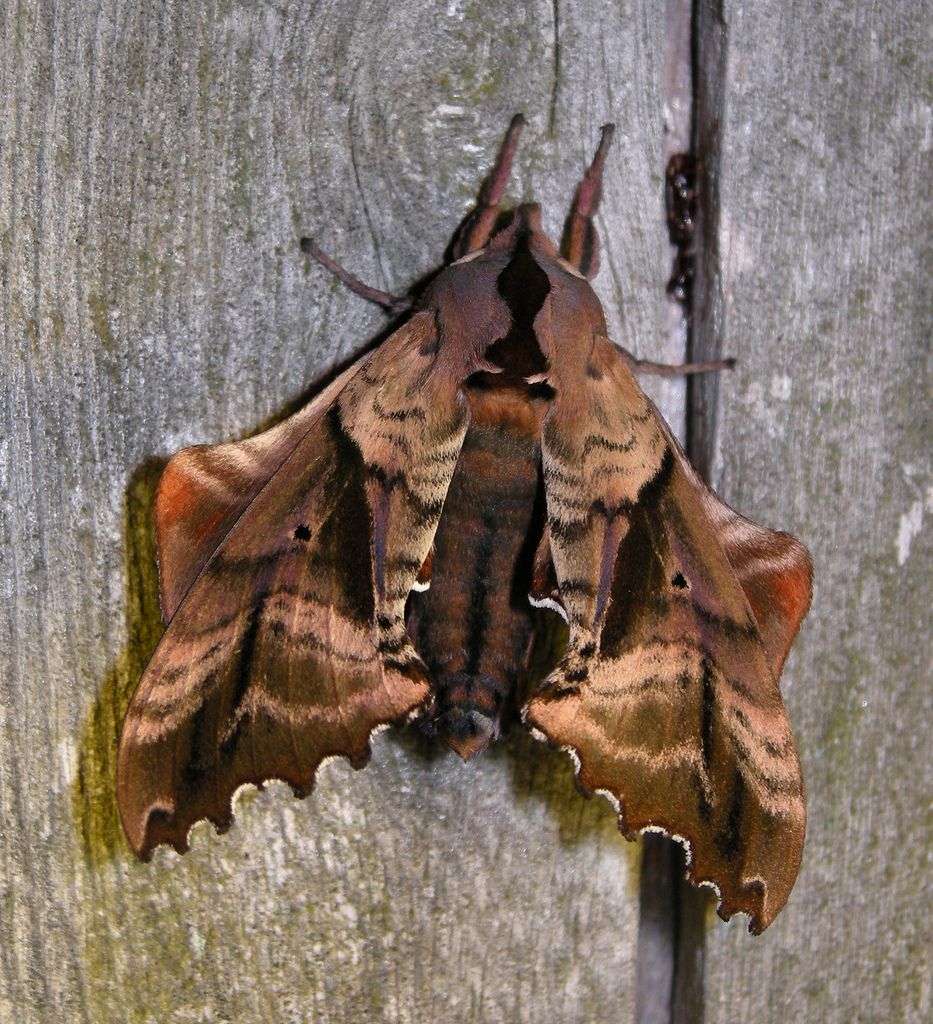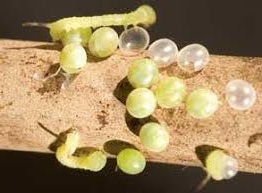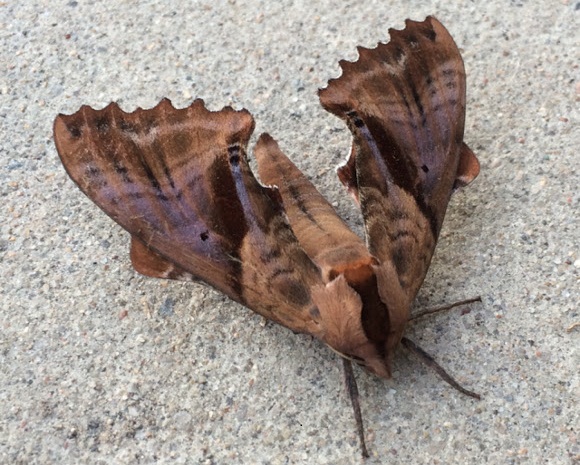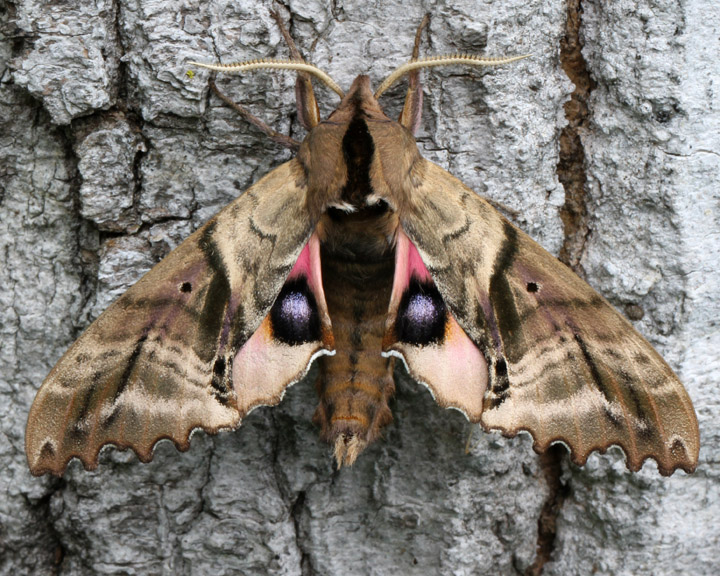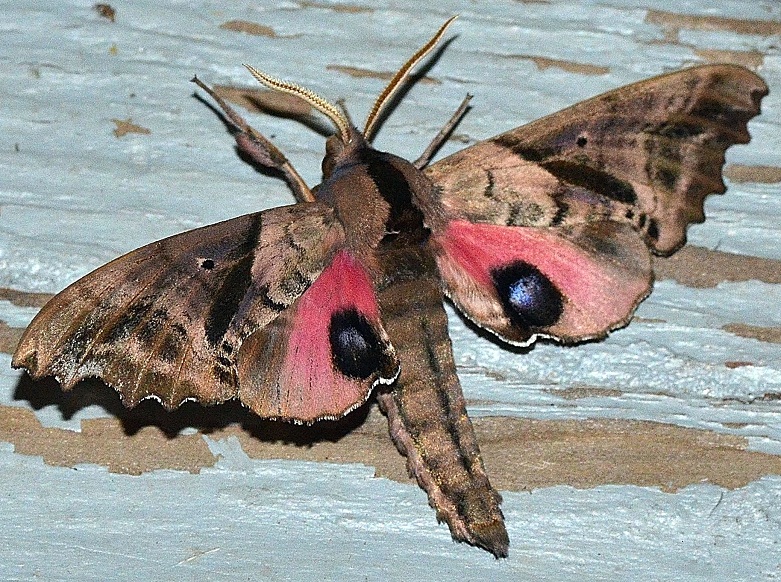Blinded Sphinx Moth (Paonias excaecatus)
Blinded sphinx moth of the Sphingidae family has a wide range inhabiting parts of the United States and Canada. The big blue eyespot on their hindwings has no pupil, thus making them being called ‘blind’.
live.staticflickr.com
Scientific Classification
- Family: Sphingidae
- Genus: Paonias
- Scientific Name: Paonias excaecatus
Description and Identification
Caterpillar
They have a soft, green body serving as a perfect camouflage against the surrounding foliage. Though the blinded sphinx moth has a spike or soft horn at the rear end of its body, handling them is not too difficult.
Pupa
The pupation phase occurs in fall. The larvae make a brown cocoon amongst the decayed leaves, hiding from their enemies.
Adult Moth
Sexual Dimorphism: Present but not prominent
The females’ wings have a lighter coloration than that of their male counterparts.
Color and Appearance
Forewings: When opened, it is pale gray or reddish-brown on the upper side and pink near the base. Dark patches appear at the center, while a white and brown curved border occurs near their forewing’s edges. When closed, the pink pattern is not visible; else, the overall color more or less remains the same.
Hindwings: When opened, the hindwing’s upperside is pale or dark brown, also marked with a pink patch near the base. The most striking feature that even accounts for its name is the blue eyespot on each side sans the pupil. When closed, the brown coloration remains the same, though the blue eyespot and the prominent pink patch are hidden.
Average Wingspan: 6 – 8.5 cm
Flight Pattern: Consistent
Season: Florida -March – October;Louisiana -March – September; May – September
Quick Facts
| Others Name | Blind-eyed Sphinx Moth |
| Distribution | United States: Parts of Florida, eastern California, and central Texas Canada: Novas Scotia, Prince Edward Island, New Brunswick, British Colombia |
| Habitat | Woody areas, particularly deciduous woods, shrublands, and also suburbs |
| Predators | Wasps, and birds |
| Lifespan of Adults | Approximately a month |
| Host Plants | Willow, cherry, birch, rose, ninebark |
| Adult Diet | Do not feed |
Scientific Classification
- Family: Sphingidae
- Genus: Paonias
- Scientific Name: Paonias excaecatus

